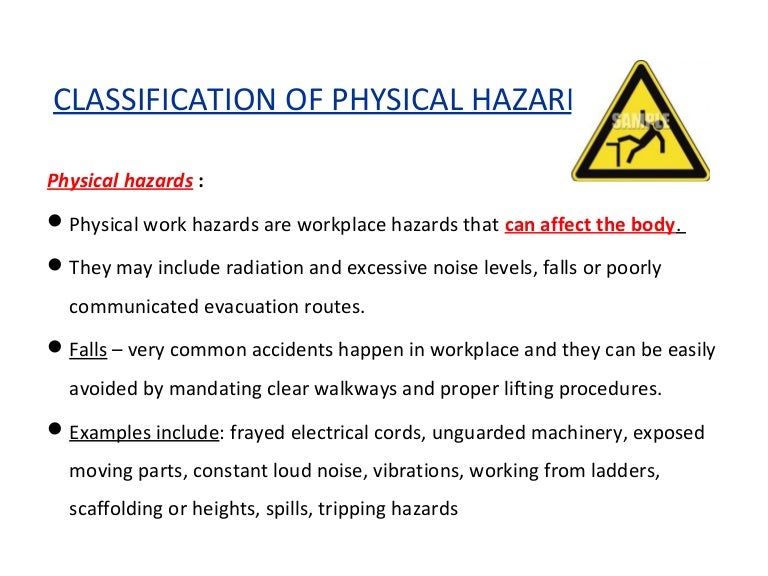Which of the Following Is Not a Physical Hazard Category
Anything can be an hazard depending on its current state. The six main categories of hazards are.
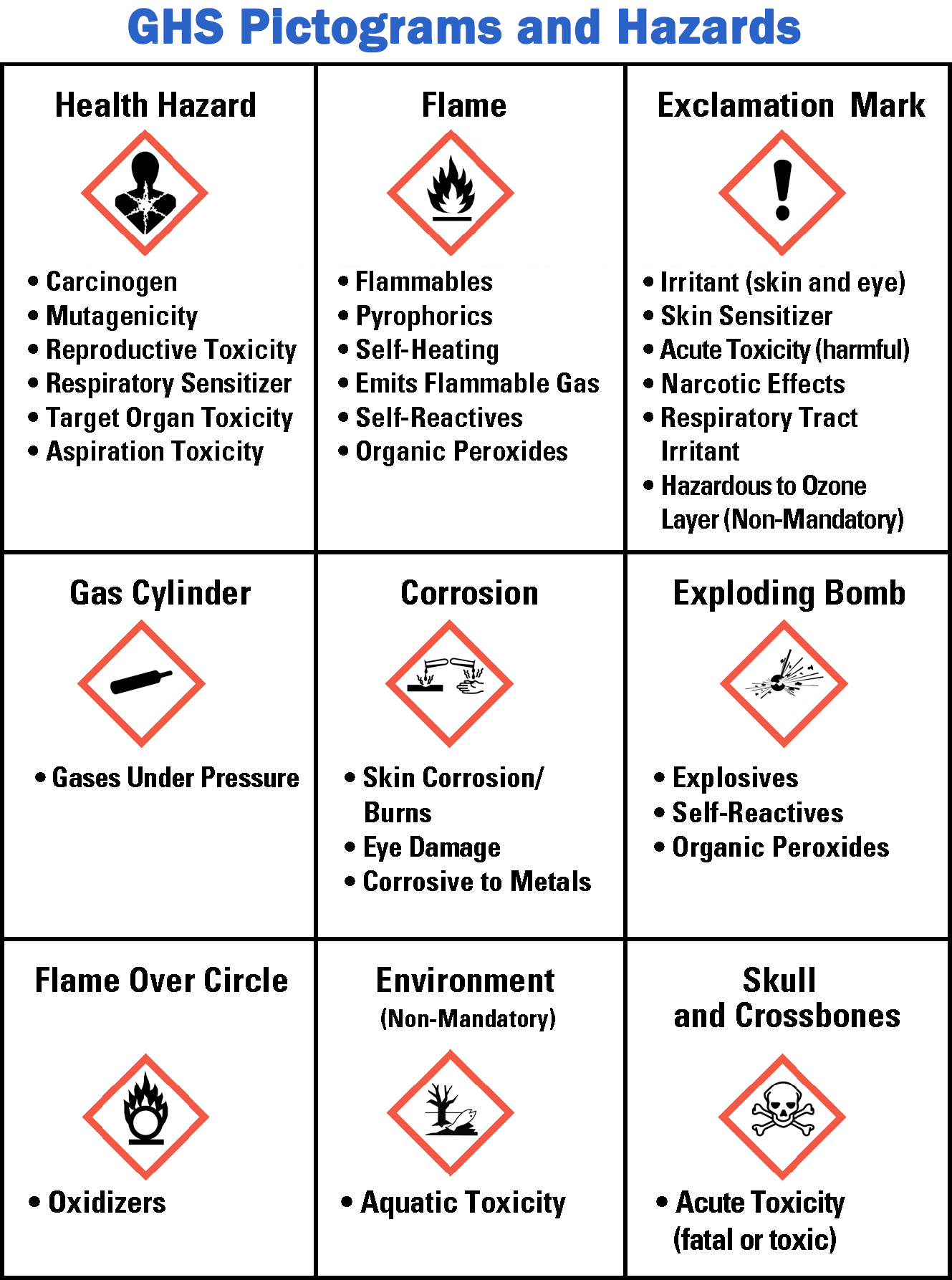
Hazardous Communications Hazcom Safety Naval Postgraduate School
Physical Hazards include the following.
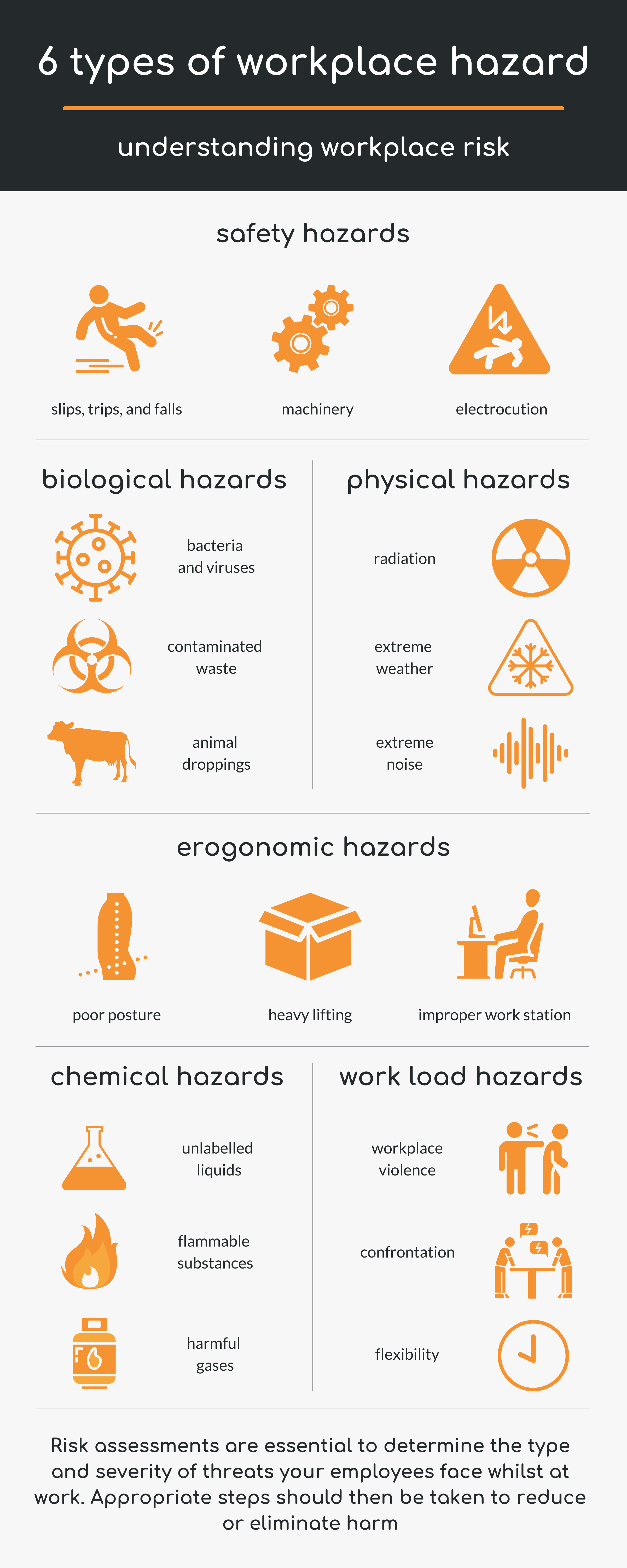
. The Physical Hazard Classes. Understanding the risks associated with each can dramatically reduce the potential of a foodborne illness. The revised Hazard Communication Standard 29 CFR 19101200 created a need to identify hazards not covered by the classes adopted from GHS or that OSHA did not adopt.
Harm physical injury or damage to health. There are many definitions for hazard but the most common definition when talking about workplace health and safety is. Explosives Any solid or liquid that can cause an explosion.
Short Confined spaces Machinery-related hazards lockouttagout boiler safety forklifts etc BIOLOGICAL HAZARDS. Either one or the other is chosen depending on the target. Physical hazards are factors within the environment that can harm the body without necessarily touching it.
Physical hazard are based on the intrinsic properties of the chemical. Flammable Gasses All gasses that are flammable in the air at 20 degrees Celsius. Engineering controls are often used to mitigate physical hazards.
Well under 10 percent. Following GHS guidelines SDS must include sixteen specific sections which are grouped into four categories. See Table 3 below.
Chemical hazards are hazardous substances that can cause harm. Hazard a potential source of harm to a worker. If you wish to find hazard statements and signal word for each hazard category please use our hazard statement and signal word finder.
A physical hazard is any extraneous object or foreign matter in a food item which may cause illness or injury to a person consuming the product. Category of sharp that has a beveled point and hollow cannula and either should not be recapped or should involve using the one-handed scoop method if recapping is necessary. Hazard category means the division of criteria within each hazard class eg acute toxicity and flammable liquids each include four hazard categories numbered from category 1 through category 4.
Physical hazards are a. Biological chemical physical and allergenic. Each have their own unique characteristics but all can be avoided through a robust food safety management system FSMS.
The following 13 hazard categories are adapted from Product Safety Management and Engineering by Willie Hammer ASSP Pub. One for the labelling of containers and for workplace hazard warnings and a second for use during the transport of dangerous goods. Skin corrosion or irritation.
The same can be said about a person in his sober state. Electrical hazards like frayed cords missing ground pins improper wiring or the harm that these hazards pose. A hazard is any source of potential damage harm or adverse health effects on something or someone.
Prolonged exposure to sunlightultraviolet rays. Materials that impact human health by causing irritating symptoms or even deadly diseases are classified as a health hazard. Including ionizing non-ionizing EMFs microwaves radio waves etc.
Physical hazards include ergonomic hazards radiation heat and cold stress vibration hazards and noise hazards. The following are characteristics of a health hazard. They can be classified as type of occupational hazard or environmental hazard.
The two hazard groups are further divided into hazard classes. In WHMIS 2015 hazardous products are divided into two hazard groups. There are 29 GHS hazard classes in total in UN GHS Rev.
Health hazard means a chemical which poses one of the following hazardous effects. They are used to describe 3 main types of chemical hazards. These hazard areas represent hazardous physical conditions that are rather easily recognized by the employer.
Temperature extremes hot and cold. Respiratory or skin sensitization. In a sober state he is no hazard but when intoxicated with mind altering substances he will become an hazard to person around him.
1 general information about the chemical 2 technical and. For example a vehicle at its parking state is not an hazard but when moving it constitute an hazard. A physical hazard is an agent factor or circumstance that can cause harm with contact.
Flammable Aerosols Any aerosol that has more than 85 of the. Hazard category is divided into two categories health and physical hazards. Physical hazards health hazards and environmental hazards.
Biological hazards include viruses bacteria insects animals etc that can cause adverse health impacts. Hazard pictograms form part of the international Globally Harmonized System of Classification and Labelling of Chemicals GHS. These are then sub-divided into different categories depending on the degree of danger and these are assigned specific.
There are five main classes of physical hazard namely Explosive Flammable Oxidising Gases under Pressure and Corrosive to metals. There are four primary categories of food safety hazards to consider. This toolbox meeting guide gives brief descriptions of each of the 19 physical hazard classes.
Types of Physical Hazards. There are several types of physical hazards that are identified in the GHS system. They are as follows.
So OSHA created the Hazard Not Otherwise Classified definition to cover health or physical hazards for which the standard lists a hazard class but whose effect either falls below the cut-off. These foreign objects include but are not limited to bone or bone chips metal flakes or fragments injection needles BBs or shotgun pellets pieces of product packaging stones glass or wood fragments insects or other filth. If a chemical poses a serious risk due to exposure it will need to be labeled accordingly.
Term effects and strain longAssociated with working with animals people or infectious plant materials. This information on safety data sheets includes the physical health and environmental hazards of each chemical as well as how to safely store handle and transport them. Physical hazards and health hazards.
Two sets of pictograms are included within the GHS. Acute toxicity any route of exposure. Developed a crosswalk of the EPAs previous five consolidated hazard categories to the physical and health hazards that EPA adopted from OSHA.
12 rows Category 1 is always the greatest level of hazard that is it is the most hazardous within that. The following table lists these physical and health hazard categories that facilities have been using since 1987 to comply with EPCRA Sections 311 and 312. The HCS defines hazard class as the nature of a physical or health hazard eg flammable solid carcinogen and acute toxicity.
However they cause only a small percentage of all accidents in the workplace. For example mould blood and other bodily fluids harmful plants sewage dust and vermin.

Identifying The 6 Types Of Hazards In The Workplace Safetyculture
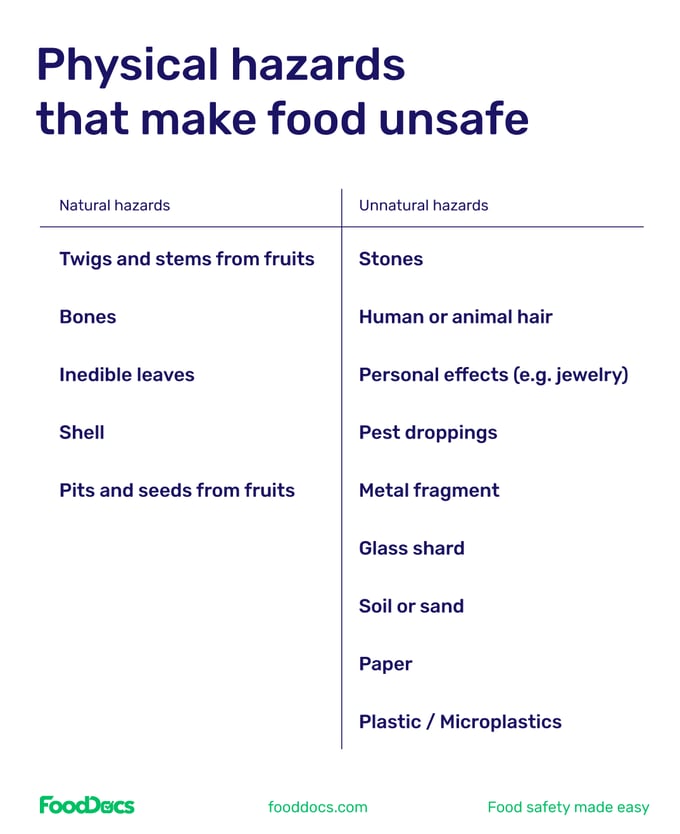
Three Types Of Hazards That Make Food Unsafe
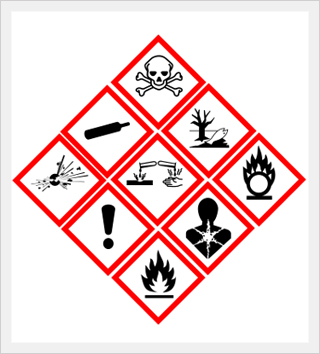
Ghs Hazard Classification Everything You Need To Know
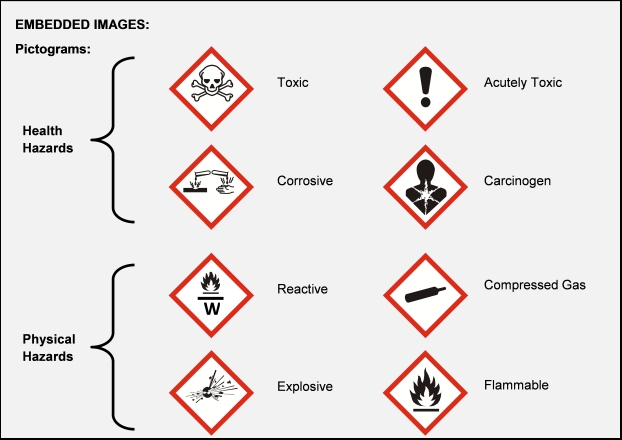
Hazard Communication Requirements U S National Park Service
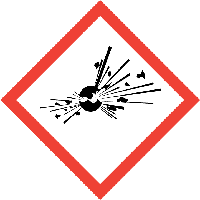
Physical Hazards Health And Safety Authority

Workplace Hazards Types Of Hazard Staysafe App

Chemical Hazards University Of Virginia School Of Engineering And Applied Science
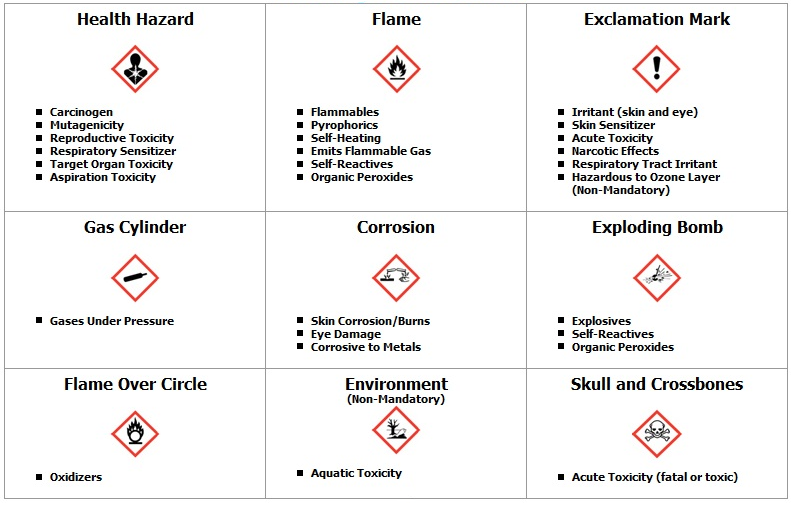
Division Of Research Safety Illinois
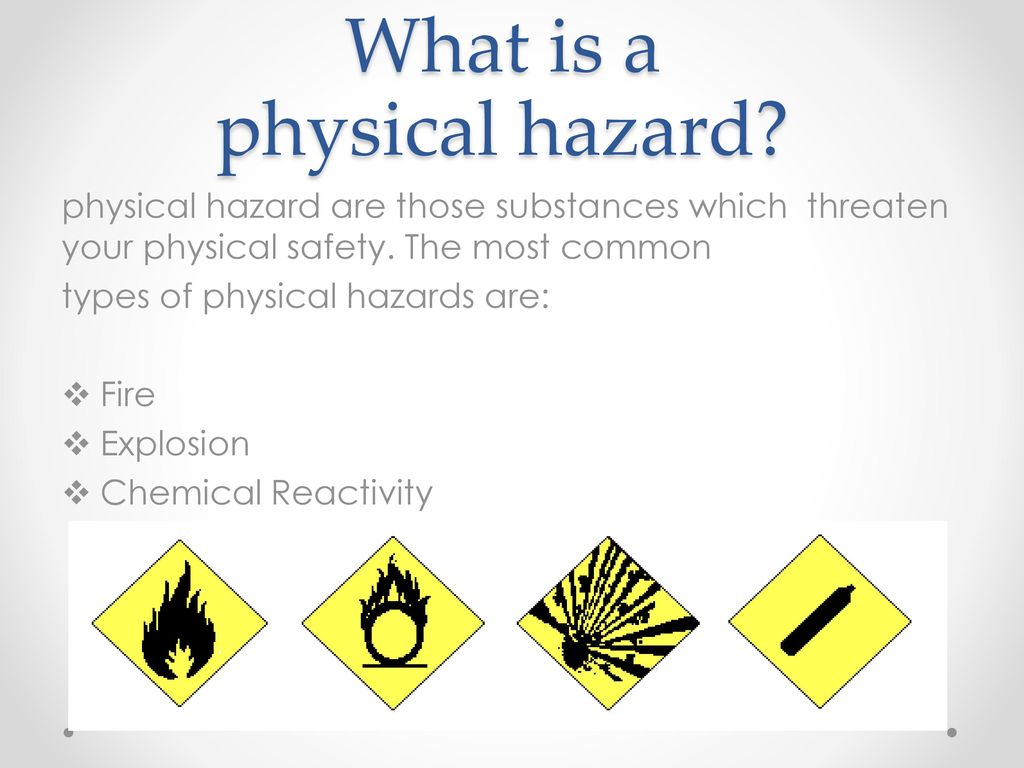
Physical Hazard Associated With Chemicals Ppt Download

What Are Occupational Hazards Definition And Examples

Understanding The Six Major Types Of Workplace Hazards Totalika

Chemical Safety Hazard Communication

Laboratory Hazards Chemical Physical Biological Hazards In The Lab

Physical Hazards Chart Physics Blooms Taxonomy Taxonomy
